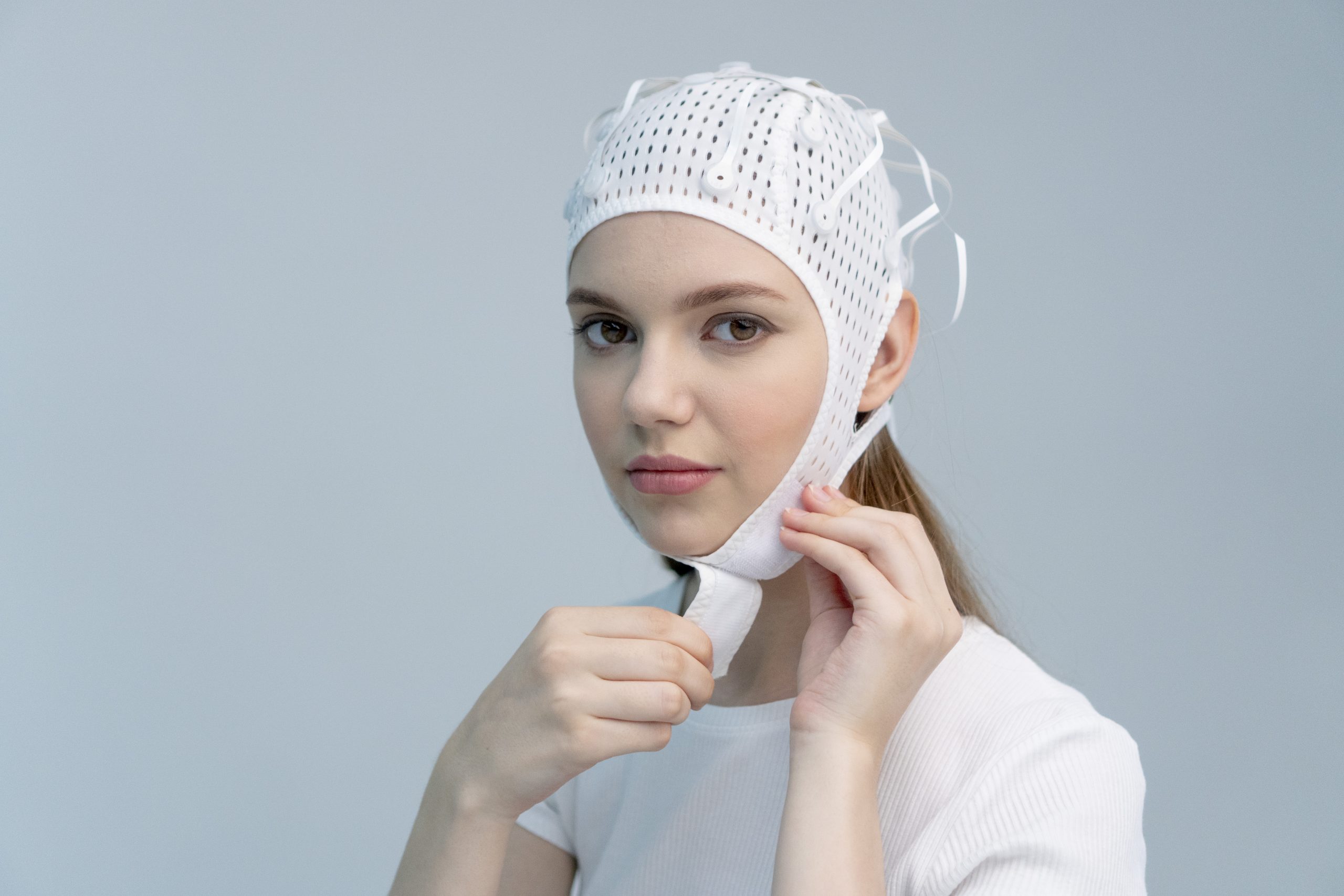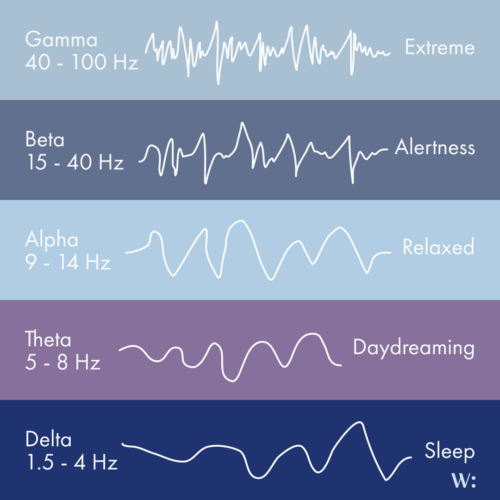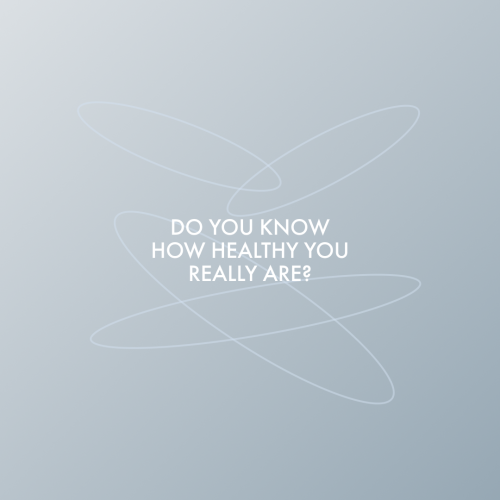Get familiar with EEG through these 7 simple questions
You might have seen it online, heard it from someone you know, or even had it yourself. In a nutshell, EEG (ElectroEncephaloGraphy) is a brain-monitoring device, but its versatility goes far beyond that. Here is what you need to know before going to your first EEG session.

From www.cnsac-medshop.com
1. What is EEG
EEG is used in diagnosing brain disorders, and tumors, in psychological and neuroscientific research, and in what currently interests us the most – biohacking. Specifically, cognitive enhancement and mental well-being.
The underlying mechanisms of EEG are based on how the brain works.
Brains are electrical organs. Every thought, emotion, muscle movement, and reflex is the result of brain cells (neurons) intricately communicating with each other. Neurons communicate using chemical and electrical signals, almost (but not exactly) like computers.
When neurons are actively communicating these electrical signals leave a trace that dissipates through the scalp outwards. When this signal travels beyond the scalp, it is extremely weak (up to 100 microVolts), which is only 0.001% of a regular triple-A battery. But EEG electrodes can pick up those signals.
2. What are all the wires for?
In order to read the tiny signals, metal (EEG) electrodes are placed on your scalp, each with its own wire. Often these electrodes are arranged on a stretchy cap for convenience reasons. An EEG gel is applied directly between the scalp and each electrode to improve the conductivity of these signals.
3. Why would you need EEG?
If you’re reading this article, there’s a high chance that you are one of those people who are curious about improving your cognitive and mental abilities. In this case, your paths with EEG might very likely cross in the future, if they haven’t already.
Because EEG alone can only show brain activity, it is usually modified and incorporated into other cognitive enhancement methodologies. For example, brain mapping and neurofeedback therapy, can improve attention, help with sleep, reduce stress, and much more.
Of course, other applications of EEG like diagnosing brain disease, are only to be discussed with your doctor.
4. Is EEG safe?
The electrodes themselves can only pick up electrical signals and cannot produce any electrical impulses. This is why EEG is usually a completely safe non-invasive technique for measuring brain activity. The biggest “side effect” of EEG is that the gel needs to be washed out of the hair after the session.
5. Can EEG read my thoughts?
Fortunately, no matter how trained the doctor is, they would never be able to read your thoughts with the data gathered from an EEG. Nor can any AI.
6. Can you just play around with EEG?
Technically yes, and it can be quite fun and mind-blowing to see your brain’s activity in real-time. Most clearly you would be able to see blinking, chewing, smiling, or even daydreaming.
7. Can I EEG my dog or cat?
Yes, you can! But apart from localizing seizures, it will probably not give you much information if you’re just doing it for fun. Cognitive biohacking for pets is quite a niche field.
EEG electrodes are like little cameras that look at your brain, but instead of picking up light and color, they pick up your brain’s own electrical signals. We hope now you’re more prepared if you ever decide to do it.
More from the magazine
Selected stories from our Team








